Paramyxovirus Basics
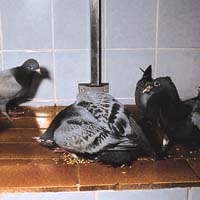 Pigeon flyers around the world have all heard of paramyxovirus or PMV. This is a viral disease that is not to be confused with the bacterial disease paratyphiod caused by Salmonella typhimurium. PMV is caused by one of the serotypes of PMV1 viruses which happens to be closely related to another PMV1 virus that causes Newcasle Disease. We will mention this again when it comes to vaccination. PMV first started in the late 1970’s in the middle east and has since been found everywhere that pigeons are raised.
Pigeon flyers around the world have all heard of paramyxovirus or PMV. This is a viral disease that is not to be confused with the bacterial disease paratyphiod caused by Salmonella typhimurium. PMV is caused by one of the serotypes of PMV1 viruses which happens to be closely related to another PMV1 virus that causes Newcasle Disease. We will mention this again when it comes to vaccination. PMV first started in the late 1970’s in the middle east and has since been found everywhere that pigeons are raised.
The virus is not very tough and dies quickly in the environment. Once a bird is infected it will shed the virus in the droppings and other secretions for three weeks. Between exposure and clinical signs, however, can vary immensely, from a few days to several weeks. This can be a big problem in futurity lofts when YB’s are shipped that are shipped that are infected and shedding the virus, yet are not showing clinical signs. They can have an entire loft exposed before you ever know you have a problem.
Clinical signs are primarily related to two organ systems. The kidney and the nervous system. This virus ALWAYS causes an inflammation of the kidney called interstitial nephritis. When this occurs the white portion of the droppings changes to water and you often find puddles of water on the perches. Within that puddle will be NORMAL fecal material in the form of green or brown “worms”. This is NOT a true diarrhea since the fecal material from the intestine is normal. Since the kidney changes are uniform in the flock of infected pigeons, the kidney is the organ of choice to send to the lab for diagnosis. The changes in the kidney seen under the microscope, when coupled with clinical signs, provide you with a pretty sure diagnosis. These watery droppings can persist for 2 to 3 months after infection in a flock of pigeons. The second organ system involved is the nervous system. The two main signs we see are nerve paralysis shown as a lameness or dropped wing, or torticollis ( twisted necks). When this disease 1st hit the scene the neurological signs were very prevalent. Recently, however, these symptoms only seem to show up in 10 to 20% of the birds at the most. Most pigeons with the neurological signs will recover if they can eat and drink. Therefore, if you have neglected vaccination and you get this bug in your loft you don’t have to destroy good pigeons. Just make sure they eat and drink and you will have the vast majority come back to normal, even to race again.
Vaccination for this disease is critical since there are only two types of unvaccinated pigeons, those that have the disease and those that are going to get it sometime. You may have been lucky so far but you will not be forever. By far and away the only PROVEN method of vaccination is to use the injectable pigeon PMV vaccine. There is on made in the States by Maine Biological Labs and several in Europe. Unfortunately, a lot has been said about the use of the chicken “LaSota” vaccine available in the U.S. and Canada. This is NOT a pigeon virus, and is made to inoculate chickens against Newcastle disease which we mentioned earlier. It has been variously promoted to be dripped in the eyes, the nose, or placed in the drinking water. This vaccine will in no way harm your birds, but EVERY study has shown it to be ineffective. I personally have had several lofts in the states send in PMV infected birds that were inoculated with the “LaSota” vaccine and yet still had the disease. The injectable vaccine has also been incriminated by some excellent flyers as harming performance. My experience with the injectable vaccine in my loft and many other ALL-AMERICAN lofts is that it does NOT HURT PERFORMANCE. In short, if you use the “LaSota” type vaccine and your birds get sick, it is your fault, you have been warned. In fairness to the “LaSota” vaccine, many flyers use it as an immune stimulant in the water before a big race with excellent results. I personally have not had experience in that area, I have never used it to know.
Treatment for PMV is only symptomatic. NO drugs that you can give the pigeon will kill the virus ( without killing the bird). Simply do the following:
Make sure infected birds eat and drink Make sure that other diseases are not present, cocci, worms, canker, ect. If 2nd infections like E. coli show up, treat with the appropriate antibiotic base on cultures at the vet.
So, in short, what does the pigeon flyer need to know about PMV.
It is out there and vaccination with the injectable vaccine is critical. Symptoms primarily are watery droppings and neurological signs. Infected birds usually survive with supportive care.
Remember, PMV is a terrible and devastating disease for the pigeon fancier to deal with. But, there is NO reason to ever have to deal with it because of an effective vaccine.
Paramyxovirus Virus Basics By Dr. Steve Weir DMV
Sign up for the Pigeon Insider Newsletter, click here to learn more.


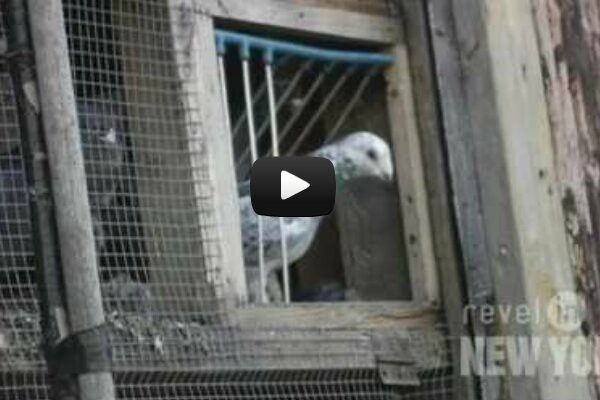
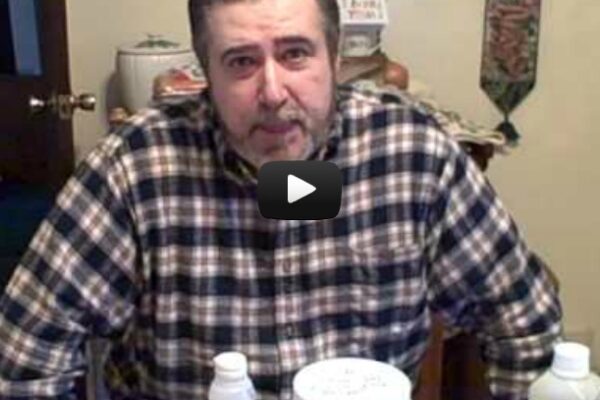
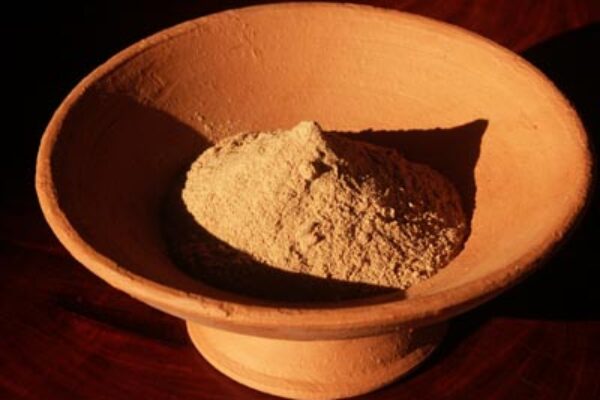
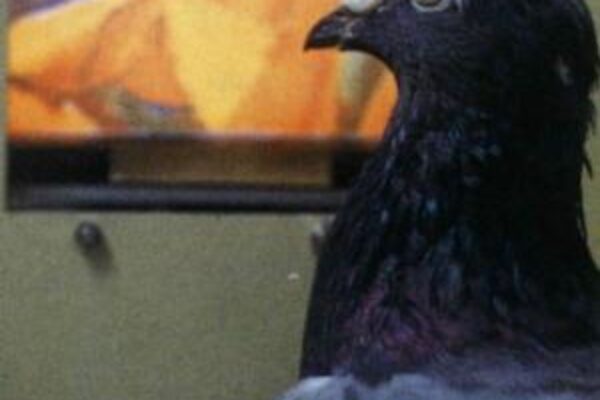
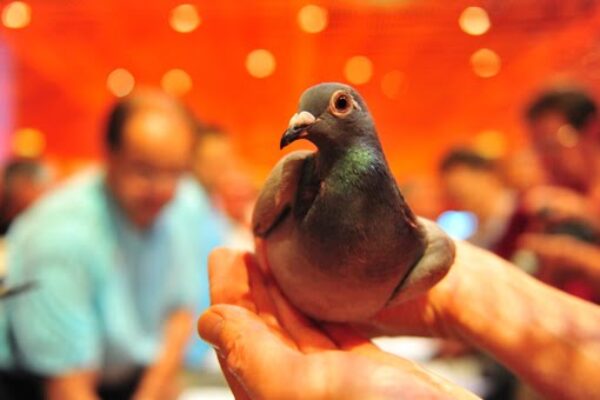


Is There any Home remedies , such as Apple Cider Vinegar That can Help as well ? Garlic In The water ? Etc……
thanks for the info. chris!
keep up the good job…
In my opinion,I would rather sacrifice a good bird and burn it right away after i notice a first sign of PMV than to loose the rest of my good birds . I will immediately clean and disnfect the loft as soon as possible to avoid the spread of virus to my loft and other neighboring fancier.In this way damage will be very minimal and virus will be eliminated in a low intensity level.
As for PMV I want to tell everyone my experience. First I am NOT a VET and I am not giving any one advice. I will give every one here a strong warning . PMV your birds because Sooner or Later you will get PMV.
I have had it two times. Once in 1999 when a man brought me 4 barn pigeons to train dogs with. I did not want the birds and put them in a pen with food and water. In 2 days their necks would spin and in a few days more my whole yb race team had PMV. The virus is Air Born and I never touched the birds and did not go near them. They were in a pen 30 yards from the loft. Only 10 birds made it of the 70 I had. Two birds went on to win first place combines.
I had it one more time years later when a stray came to my loft. My birds were 4 months old and I was waiting to vaccinate them. I used Baytril and I gave all the birds a PMV shot to trigger the immune system. I did save many birds and 2 went on to win first place combine races as well as many other races.
I read a article where it is advised to not vaccinate birds till they are 4 months old and their natural immune system is built up. I DISAGREE with such advice. If you wait you risk loosing all your birds.
I follow the directions from Maine Biological Labs with the PMV-1 Vaccine and I vaccinate at 4 weeks old and then one more shot 2-4 weeks later. When I have done this I do not believe I lost any birds later in training . Last year my yb team was flying 5 hours on wing by the time November came.
4 years ago I waited to PMV 2 team of yb . One team was flying 2 hours on wing and the older team 2-5 hours on wing. Both teams STOPPED flying after giving the shot and it took 2 weeks for the older birds and 3 weeks for the other birds before they resumed their normal flying time. They were not feeling good from the shot.The second booster shot had no effect.
Now MY WARNING and I do not know the correct answer of how long to wait to resume road work or how far to take them till they get over the shot. But two friends of mine that were racing pigeons and were in a rush to keep training gave their birds a shot for PMV the same weekend I did. I do not race so I was not even road training. You see they took their birds on a 60-70 mile toss the next weekend and one flier loss 25 birds and the other close to 60 birds. The birds I believe need lots of time to recover from being given the shot and also what ever bad feelings they receive from it.
This has been my experience and what I believe to be true .
vaccinate your birds for PMV and protect them for life !
Yours in Sport – James
In this area we consider Young Bird disease the same as Adeno-Coli Syndrome or Adeno Virus as it is called.
Most of the fliers that I know who had Andeno , saw no more than birds throwing up their food.
But I wonder if much of the loss of yb is not due to Andeno by shipping birds to races that are sick with it or going to be sick from Andeno.
I have had YB sickness but I do not race yb any more so mostly never see it. When my birds got Adeno they threw up their food and I just stop flying them until they got over the sickness and I never had any problems from the sickness. I never had birds die from it and do not believe I lost any in training. I use nothing but time off to treat the sickness. But fliers are using two medications I know of to help the birds.
What helps me detect Adeno is the fact that my yb are mostly in a grated box . So if they throw up their food over night I can see the food. Other wise if I did not have such box perch when the birds throw up food others might run to eat it up and I would never know what is going on in the loft.
Hello
Is this considered to be what everyone is calling young bird disease
If not what is young bird disease.Someone with more knowledge then I have
help me out here.
ROYALSLOFT
Thanks for the information about Paramyxovirus Virus. This is the disease that with care and dood treatment can prevent the pigeon from die. However, that also depends to the state of pigeon’s health at the time of disease. I do agree that vaccination is the best way to get out of this killing disease.
To respond to George that has mentioned it is simlilar to paratyphoied, I should say first that there are hudresds of diseases that have similar simptoms, however, there things that can be very specific to one disease. In case of Paramyxovirus Virus as I have experienced the pigeon has a critical watery diarhea that is not the same in Paratyphoied. Whereas in paratyphoied, pieon is losing whieght rapidly with suddden death that is not the case in Paramyxovirus Virus. while in both the pigion is sitting a side with less or very less desire of eating.
Zahir
i have bird that acquire such disease 8 months ago but she is still alive,she eats a lot and have a good eating habits i guess that is why the bird is still alive.the only problem with this bird is the twisting of the neck.is it possible that the neck twisting will be gone or it will remain forever?
rey arceo
Great subject. I have never vaccinated for PMV. this year during my old bird racing season we had alot of new club member who never race before. For some reason my birds got seek real bad. 10 to 20 die the symtoms were as fallow. drinking alot of water, diarrea, fever and in most of the case they die in 2 or 3 days that happen in alot of the lofts. Event some of my breeders die which have now contact with my racers. I medicated just about for everything with no results. this year I willvaccine my birds for the first time.
Thanks for your helpful column on Pigeons / Birds